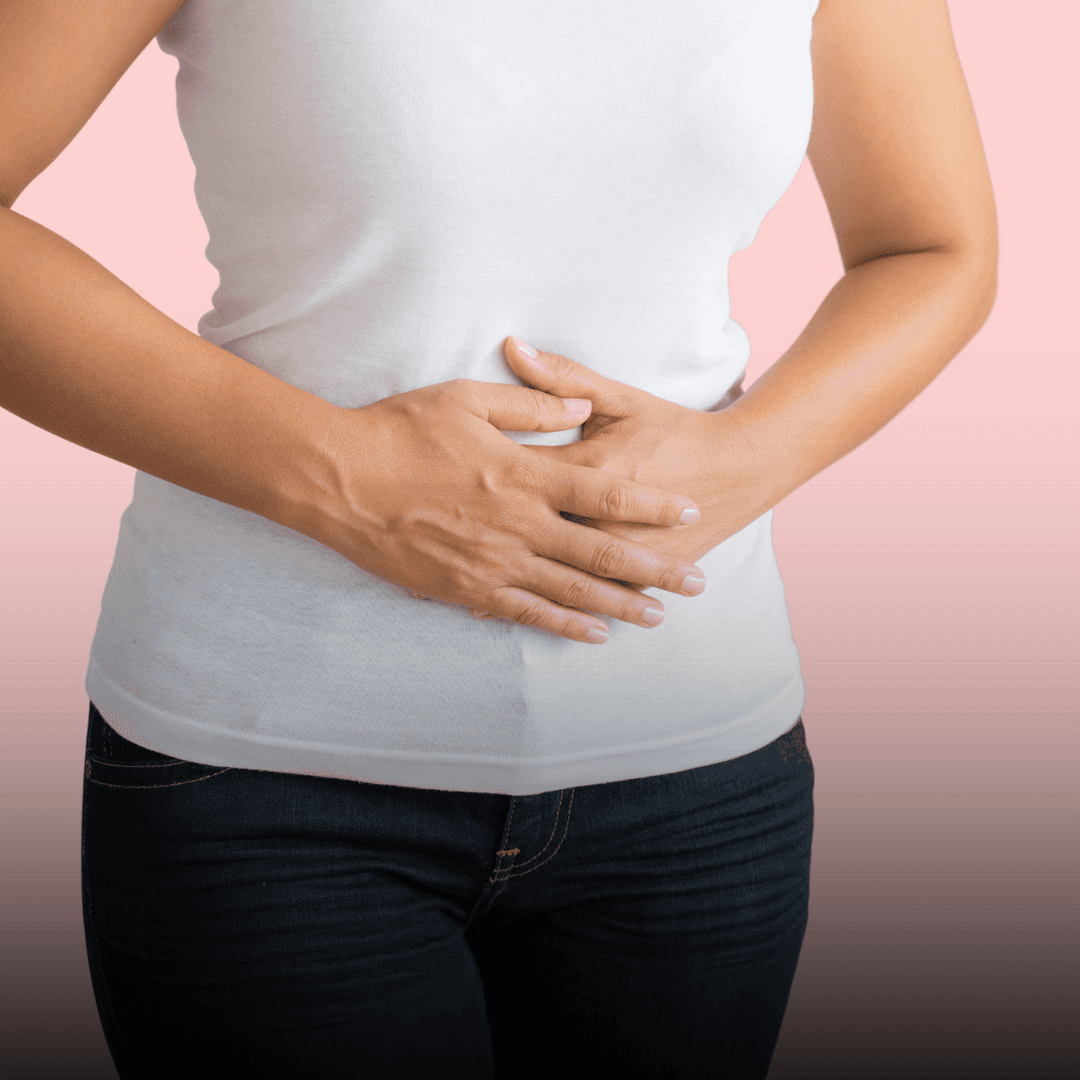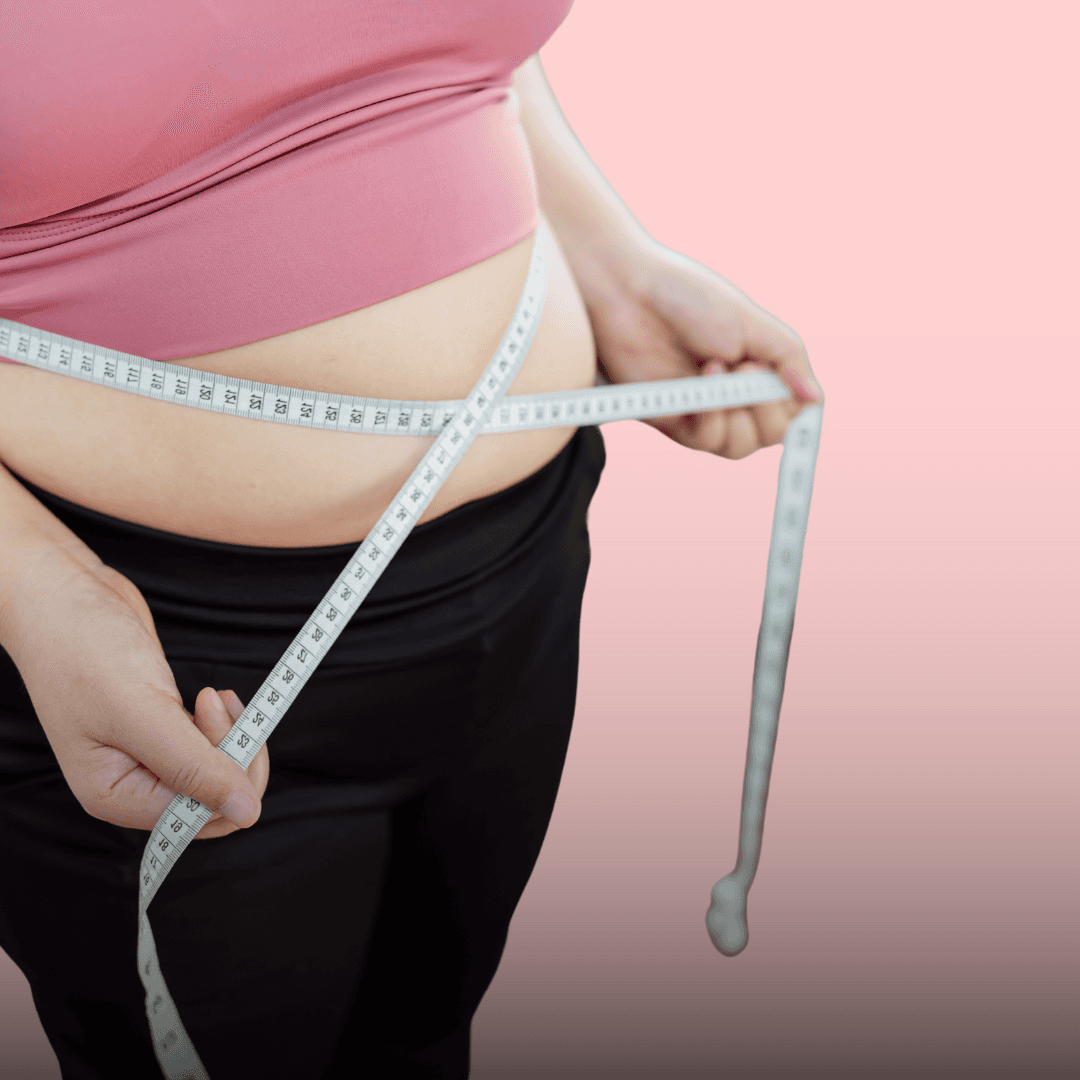the allure of oily and junk food: uncovering the reasons behind our cravings
18 Oct 2024
I
2 mins

Dr. Annewsha Acharjee
Ayurveda @ Lavi
ever wonder why you can’t resist that bag of chips or a tempting burger, even when you know it’s not the best choice? you’re not alone.
cravings for oily and junk food are more common than you think, and understanding why we have them can be the first step to breaking free from unhealthy habits.
what’s really going on?
our cravings aren’t just about weak willpower; there are multiple factors at play—biological, psychological, environmental, and nutritional. here’s how they affect your food choices:
biological factors: hardwiring us to crave
1. dopamine release: when you indulge in oily or sugary foods, it triggers the release of dopamine, a neurotransmitter associated with pleasure and reward. this creates a cycle of craving and satisfaction that keeps you coming back for more.
2. serotonin levels: some research suggests that low serotonin levels may also contribute to cravings for unhealthy foods.
3. genetic predisposition: genetic factors can influence food preferences and metabolism as well, making you prone to craving high-calorie, fatty foods.
psychological factors: it’s not just in your head
1. emotional eating: stress, boredom, or emotional states can drive us towards comfort foods, often high in oil and sugar, providing us with a temporary emotional relief.
2. social influences: peer pressure, advertising, and cultural norms can often push you towards selecting unhealthy food choices.
3. lack of mindfulness: unconscious eating habits and distractions while eating can lead to poor food choices without even realizing it !
environmental factors:
1. convenience: with fast food outlets and delivery apps just a tap away, reaching for an unhealthy snack is often more convenient than preparing a balanced meal.
2. marketing strategies: bright, flashy packaging and appealing advertisements are designed to lure you in. healthy foods often don’t stand a chance against these clever marketing strategies.
3. food environment: living or working in environments where unhealthy food is readily available makes it much harder to resist.
nutritional factors:
1. imbalanced diet: if your diet lacks essential nutrients, your body may send out cravings as a distress signal, looking for a quick fix in unhealthy options.
2. blood sugar fluctuations: unstable blood sugar levels can trigger cravings for quick energy sources.
3. dehydration: sometimes, thirst is mistaken for hunger or cravings.if you’re not drinking enough water, you may find yourself reaching for junk food instead
breaking the cycle of unhealthy eating:
now that you know what’s driving your cravings, here’s how to break the cycle:
1. mindful eating: pay attention to hunger and fullness cues to prevent you from overeating and mindless snacking.
2. healthy alternatives: find nutritious substitutes for oily and junk food. craving chips? try roasted nuts or air-popped popcorn instead.
3. gradual changes: introduce small, sustainable changes to your diet.
4. stay hydrated: drink plenty of water throughout the day.
5. seek support: consult a registered dietitian or healthcare professional.if cravings persist, consult a nutritionist or healthcare professional to help you tailor a plan that works for you, like lavi.
by understanding the reasons behind them and making mindful, gradual changes, you can transform your diet—and your health—for the better.
start your health journey today!
start your health journey today






